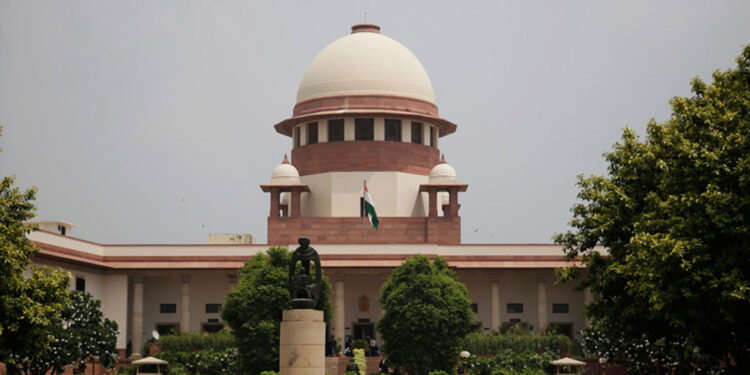In its verdict, the Supreme Court summarized factors considered by courts when determining the period convicts must serve before seeking remission. The judgment, delivered by a three-judge Bench of Justices B.R. Gavai, K.V. Vishwanathan, and Sandeep Mehta, highlighted factors such as the nature of injuries, the number of deceased victims, the criminal antecedents of the accused, and whether the crime was committed while the accused was on bail. Justice Vishwanathan, in authoring the judgment, recorded:
To determine the appropriate number of years a convict must serve before remission can be considered, courts consider relevant factors such as:
(a) The number of deceased victims, their age, and gender; (b) The nature of injuries, including any sexual assault; (c) The motive for the offense; (d) Whether the offense was committed while the convict was on bail in another case; (e) The premeditated nature of the offense; (f) The relationship between the offender and the victim; (g) Any abuse of trust; (h) The criminal antecedents of the convict; and (i) Whether the convict, if released, would pose a menace to society.
Additionally, the Court also enumerated positive factors such as the age of the accused, the potential for rehabilitation, and any signs of remorseful behavior.
“Some of the positive factors have been,
(1) age of the convict; (2) the probability of reformation of convict; (3) the convict not being a professional killer; (4) the socioeconomic condition of the accused; (5) the composition of the family of the accused and (6) conduct expressing remorse.”
Importantly, the Court compiled these relevant factors after examining 27 cases, including the recent decision in Ravinder Singh vs State Govt. of NCT of Delhi, (2024) 2 SCC 323.
This case originated from the brutal murder of a family of four, which included a child and an elderly woman. According to the prosecution, the accused was involved in an illicit love affair with the deceased’s wife, Latha, who was also stabbed to death. Subsequently, the accused attempted to commit suicide.
The Trial Court initially sentenced the accused to death. However, upon review by the High Court for confirmation, the sentence was modified to thirty years of imprisonment without the possibility of remission. Notably, the High Court based its decision on the ruling in Swamy Shraddananda v. State of Karnataka, (2008) 13 SCC 767, which established that courts could opt for a more severe form of imprisonment instead of the death sentence.
Displeased with this outcome, the accused appealed to the Supreme Court, seeking a reduced sentence.
The Court noted that there is no fixed formula for determining the length of a sentence. However, it also emphasized that this discretion should be exercised based on reasonable grounds.
“How much is excessive and how much is insufficient? This is the challenging area we have sought to tackle here. As correctly noted, there can be no fixed formulas. Determining the threshold beyond which remission powers cannot be invoked is a task that must be approached with care, and the discretion should be exercised based on reasonable grounds. The range is quite broad.”
Following this, the Court examined past cases that had applied the principle from the Swamy Shraddananda decision. By reviewing 27 cases and detailing the sentences imposed by the Court as well as the circumstances considered, the Court made the observations mentioned earlier.
Applying the aforementioned factors to the current case, the Court began its assessment by noting that the murder was premeditated. Additionally, the victims were unarmed and brutally murdered.
The Court added, “It is also noteworthy that the accused’s actions resulted in the loss of three generations of a single family, who were innocent. The nature of injuries sustained by Latha, Ramachandran, and Chitra underscores the brutality and ruthlessness of the act.”
Simultaneously, the Court observed that the accused was 28 years old at the time of the crime. Despite the severity of the offense, he did not attempt to escape from the scene and instead tried to commit suicide. Additionally, the Court acknowledged that the accused had been in custody for approximately 18 years and was convicted based on circumstantial evidence. The jail authority’s report also clearly stated that the accused’s conduct had been satisfactory.

















